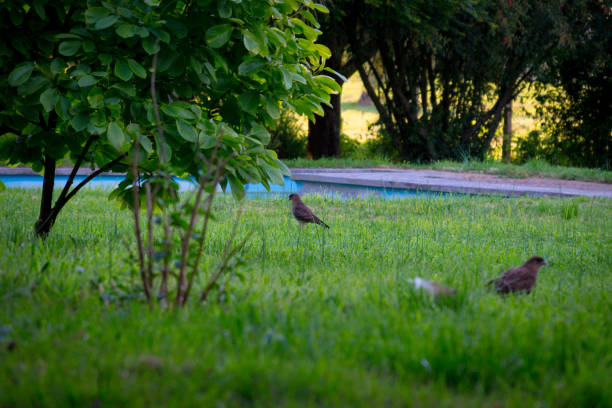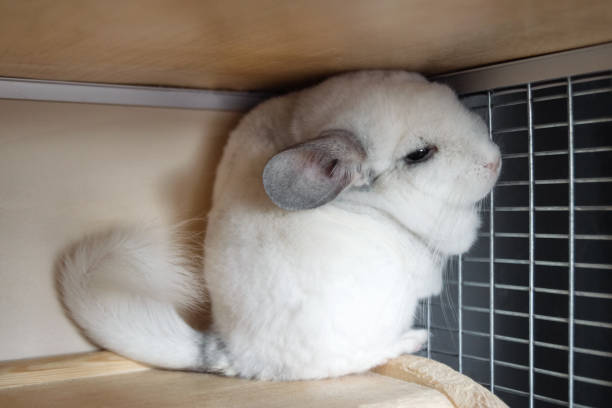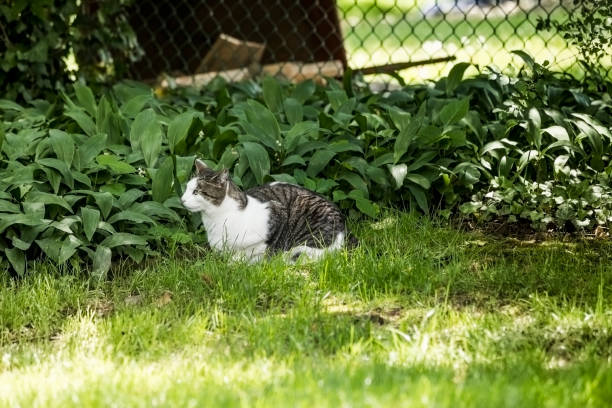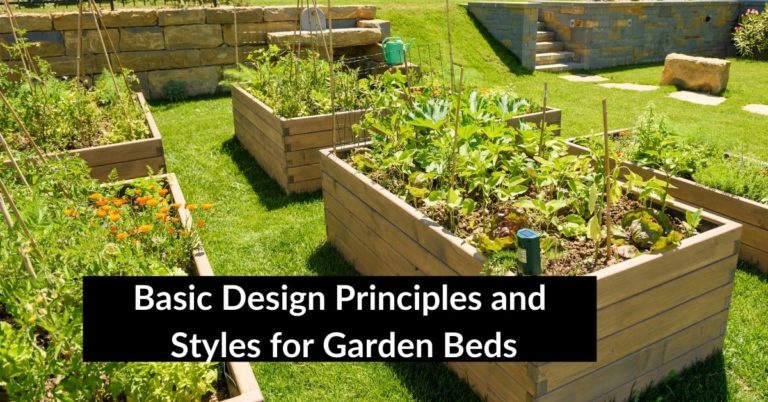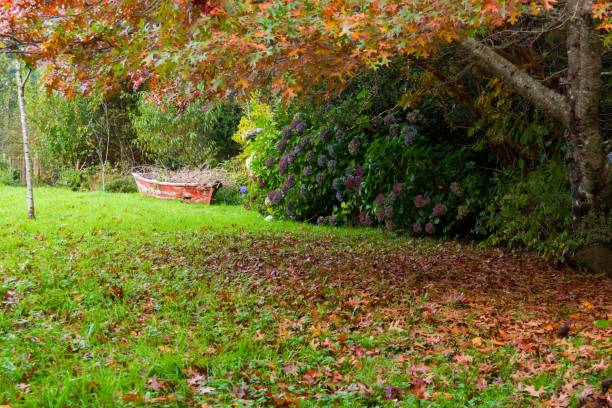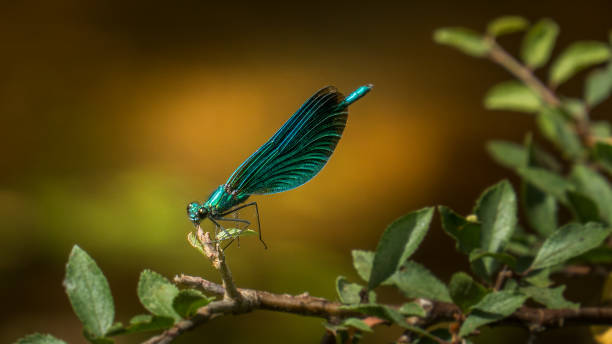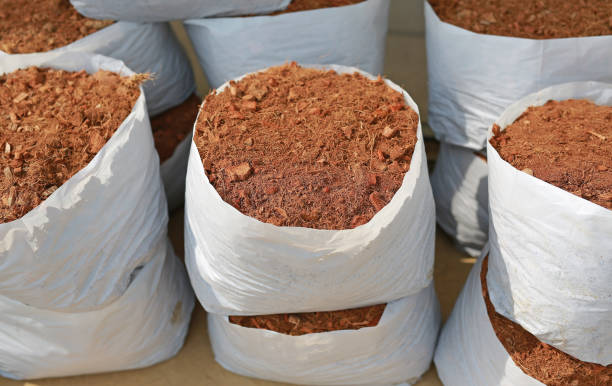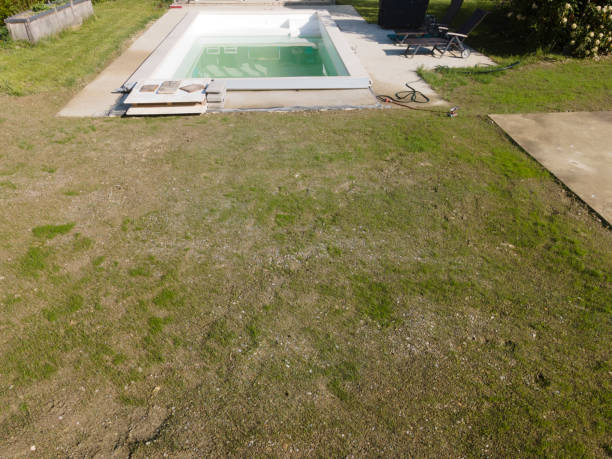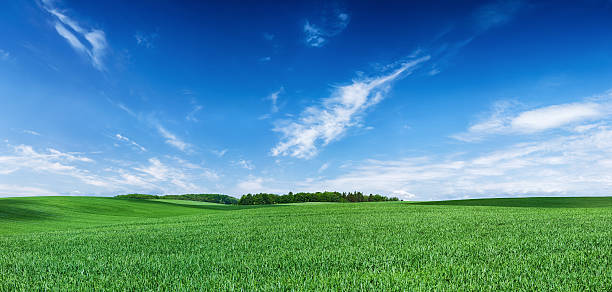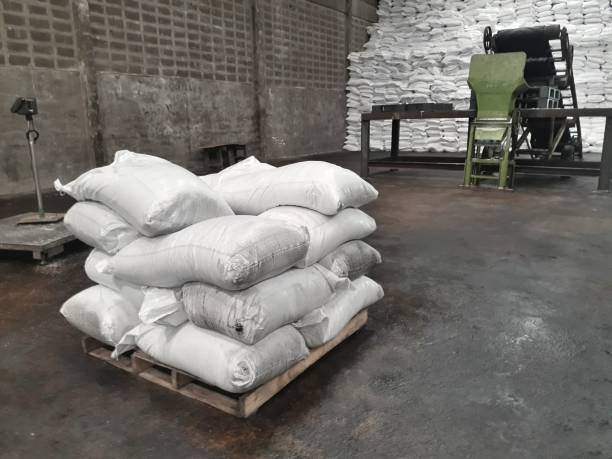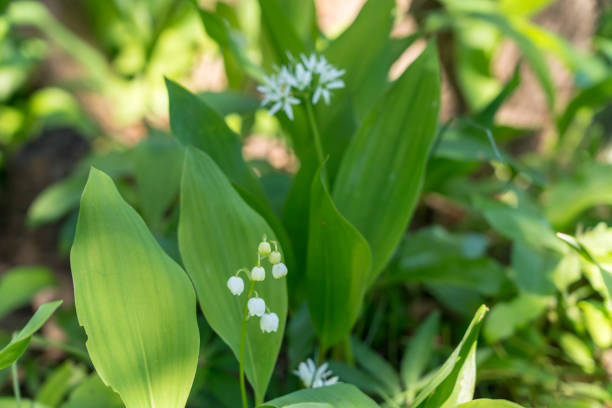How to Make Your Yard a Certified Wildlife Habitat
This post contains affiliate links. This means I will make a commission at no extra cost to you should you click through and make a purchase. Read the full disclosure here.Creating a certified wildlife habitat in your yard is an enriching and fulfilling endeavor that not only benefits local wildlife but also enhances your own connection with nature. By transforming your yard into a habitat that provides essential elements for wildlife to thrive, you can make a positive impact on the environment. This article will guide you through the process of making your yard a certified wildlife habitat, step by step.
Understanding Wildlife Habitats
What is a Wildlife Habitat?
A wildlife habitat is a space where animals and plants can find the necessary resources to survive and reproduce. It consists of various elements, including food sources, shelter, water, and areas for raising young. A well-designed habitat can attract a diverse range of wildlife species, from birds and butterflies to mammals and amphibians.
Benefits of Creating a Wildlife Habitat
Creating a wildlife habitat in your yard brings numerous benefits. Firstly, it supports biodiversity by providing a sanctuary for native plants and animals, helping to maintain a healthy and balanced ecosystem. Secondly, it contributes to the conservation of endangered species and helps combat habitat loss. Additionally, a wildlife habitat enhances the aesthetic appeal of your yard and creates a peaceful and harmonious environment for you and your family to enjoy.
Assessing Your Yard for Certification
Before diving into the creation of a wildlife habitat, it is essential to assess your yard to ensure it meets the necessary criteria for certification. Consider the following aspects:
Providing Food Sources
A certified wildlife habitat should offer a variety of food sources for different wildlife species. This can be achieved by planting a diverse range of native plants, which provide nectar, seeds, berries, and fruits throughout the year. Incorporating bird feeders and birdhouses can also attract avian visitors.
Creating Shelter and Cover
Wildlife requires shelter and cover to protect themselves from predators and harsh weather conditions. Include shrubs, trees, and dense vegetation in your yard to provide hiding places and nesting sites for birds and small mammals. Brush piles and rock formations can also serve as ideal shelters.
Offering Water Sources
Water is crucial for wildlife survival. Incorporate birdbaths, ponds, or small water features in your yard to provide drinking and bathing opportunities. Adding rocks or floating plants to water sources can also create resting spots for amphibians and insects.
Establishing Places for Wildlife to Raise Young
A certified wildlife habitat should have suitable areas for wildlife to reproduce and raise their young. Nesting boxes for birds, bat houses, and insect hotels can offer safe and secure spaces for breeding and sheltering offspring.
Sustainable Gardening Practices
Adopt sustainable gardening practices, such as composting, mulching, and using organic fertilizers, to maintain a healthy ecosystem. Avoiding chemical pesticides and herbicides is crucial to ensure the safety of wildlife.
Choosing Native Plants and Trees
Selecting native plants and trees is key to creating a thriving wildlife habitat. Native species have co-evolved with local wildlife, providing the most suitable food sources and habitats. Consider the following when choosing plants:
Importance of Native Plants
Native plants play a vital role in supporting local ecosystems. They require less water, are more resistant to pests and diseases, and provide essential food sources for wildlife. By planting native species, you help preserve regional biodiversity.
Selecting Plants for Different Habitats
Different habitats within your yard, such as sunny areas, shade gardens, or wetlands, require specific plant species. Research and choose plants that are well-adapted to each habitat, considering factors like soil type, sunlight exposure, and water availability.
Providing Nesting Boxes and Structures
Nesting boxes and structures serve as safe havens for birds and other wildlife to raise their young. Install birdhouses designed for specific bird species, such as bluebirds or wrens, at appropriate heights and locations. Construct bat houses to support these beneficial nocturnal creatures.
Managing and Conserving Water
Water conservation is crucial in a certified wildlife habitat. Collect rainwater using barrels or cisterns and use it for watering plants and replenishing water features. Implement efficient irrigation systems and minimize water runoff to conserve this precious resource.
Avoiding Chemicals and Pesticides
To maintain a healthy and wildlife-friendly habitat, it is essential to avoid using chemical pesticides and herbicides. These substances can be harmful to wildlife, particularly insects and other small creatures. Embrace natural alternatives, such as companion planting and biological pest control methods.
Attracting Pollinators
Pollinators, such as bees, butterflies, and hummingbirds, play a crucial role in plant reproduction and ecosystem health. To attract these valuable creatures, plant nectar-rich flowers and provide nesting sites and water sources. Avoid using pesticides that are harmful to pollinators.
Maintaining Your Wildlife Habitat
Creating a wildlife habitat is an ongoing process that requires regular maintenance. Prune plants when necessary, remove invasive species, and provide supplemental food and water during dry periods. Monitor the habitat and make adjustments based on the needs of the wildlife.
Encouraging Community Involvement
Spread awareness about the importance of wildlife habitats and inspire others to create their own. Organize workshops or community events to share knowledge and experiences. Collaborate with local schools and organizations to engage children in learning about and protecting wildlife.
Conclusion
Transforming your yard into a certified wildlife habitat is a rewarding journey that allows you to connect with nature and make a positive impact on the environment. By providing essential elements for wildlife, choosing native plants, and adopting sustainable practices, you create a haven for biodiversity. Embrace the joy of observing wildlife in your own backyard and inspire others to join in the effort to conserve our natural heritage.
FAQs (Frequently Asked Questions)
How do I get my yard certified as a wildlife habitat?
To get your yard certified as a wildlife habitat, you can apply through the National Wildlife Federation’s Certified Wildlife Habitat program. They provide guidelines and a certification process to assess your yard’s suitability and provide recognition for your efforts.
Can I create a wildlife habitat in a small yard?
Absolutely! Wildlife habitats can be created in yards of all sizes. Even a balcony or rooftop garden can provide resources for wildlife. Focus on maximizing the available space by choosing suitable plants, offering water sources, and providing shelter.
Are there any financial incentives for creating a wildlife habitat?
While there might not be direct financial incentives for creating a wildlife habitat, the long-term benefits, such as reduced maintenance costs and improved property value, make it a worthwhile investment. Additionally, some local programs or grants may offer incentives or support for conservation efforts.
How long does it take to establish a certified wildlife habitat?
The time it takes to establish a certified wildlife habitat depends on various factors, including the existing condition of your yard, the resources available, and the effort you put into the project. It can range from a few months to a couple of years to fully develop a flourishing habitat.
Can I attract specific wildlife species to my habitat?
While you cannot guarantee the presence of specific wildlife species, creating a diverse habitat with suitable resources increases the chances of attracting a wide range of wildlife. Each habitat will have its own unique visitors based on factors like location, habitat type, and surrounding ecosystems.

